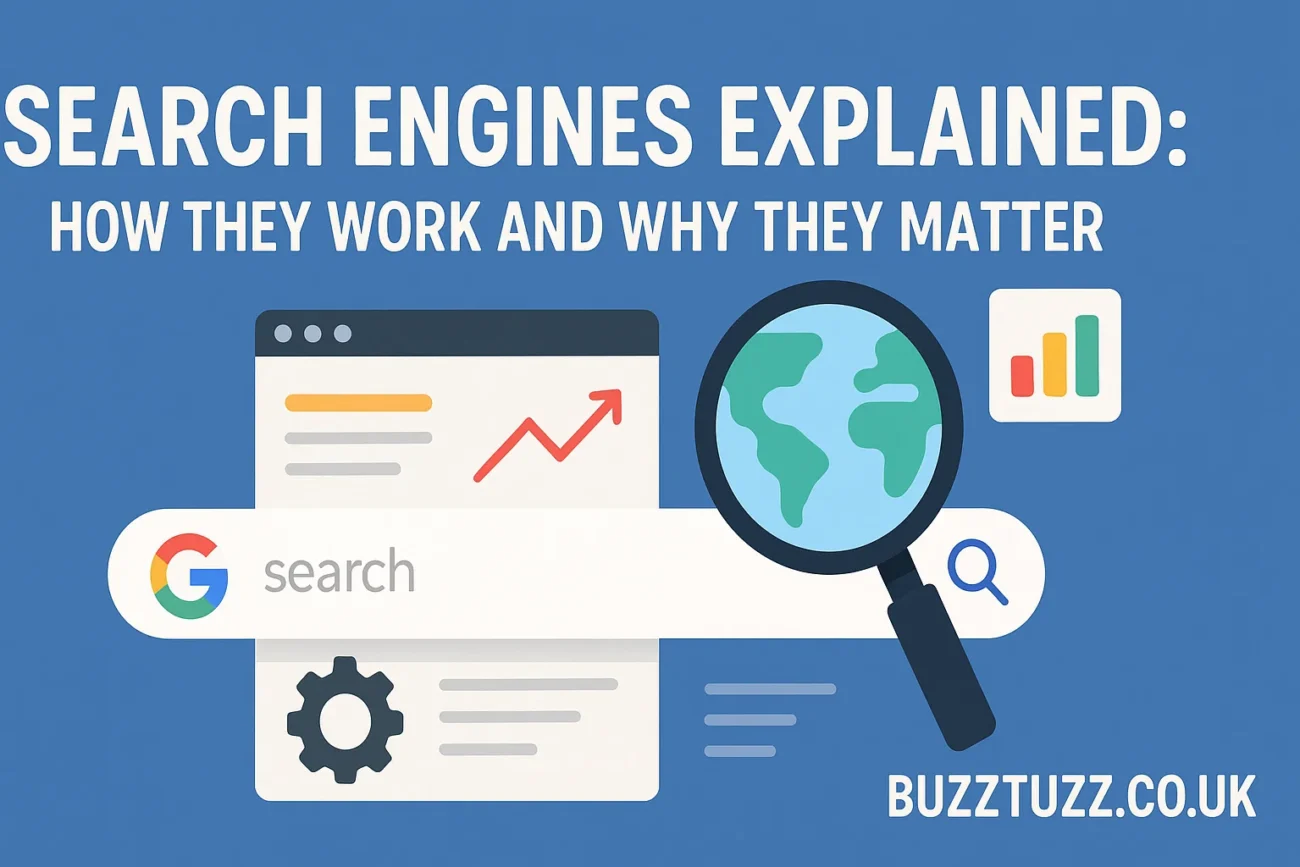Every day, billions of users type queries into a search bar, expecting immediate answers to everything from trivial questions to life-changing decisions. Behind this seemingly simple interaction lies one of the most sophisticated pieces of technology on the planet: the search engine. From Google’s algorithmic dominance to niche engines like DuckDuckGo and ecosystem-specific platforms like YouTube, search engines are the digital gatekeepers of the modern internet.
This article dives deep into the world of search engines—how they work, why they matter, and what their future holds. Whether you’re a business owner looking to increase your visibility, a student curious about information retrieval, or a developer building the next big web platform, understanding search engines is no longer optional—it’s essential.
What Are Search Engines?
Search engines are digital tools that help users find information on the internet. They crawl, index, and rank web content based on complex algorithms to present the most relevant results to user queries.
- Crawling: The process by which bots (spiders) scan the internet to discover new and updated content.
- Indexing: After crawling, the content is stored and organized in a database called an index.
- Ranking: Algorithms analyze indexed content to determine its relevance and usefulness to a specific query.
Major Players in the Search Engine Market
- Google
- Market Share: ~91%
- Algorithms: PageRank, BERT, Hummingbird
- Unique Strength: Contextual relevance and AI-driven results
- Bing
- Owned by Microsoft
- Integrated with Windows OS and Cortana
- Strong in multimedia and social search
- DuckDuckGo
- Focuses on privacy
- Does not track users
- Gaining popularity among privacy-conscious users
- Yahoo!
- Powered by Bing
- Former industry leader
- Baidu (China) and Yandex (Russia)
- Regional dominance
- Tailored to local languages and content regulations
How Search Engines Work: The Inner Mechanisms
1. Crawling the Web Bots (also called web crawlers or spiders) scan web pages for content, links, and metadata.
- Tools used: Googlebot, Bingbot
- Frequency: Popular sites are crawled more frequently
2. Indexing the Data Once crawled, data is structured in large databases.
- Structured content (like schemas) improves indexing
- Non-indexed content (e.g., password-protected) is called the “Deep Web”
3. Ranking Algorithms These determine which results are most relevant.
- Factors: Keywords, backlinks, domain authority, page speed, mobile usability
- AI involvement: Google’s RankBrain uses machine learning
Key Ranking Factors in Search Engine Optimization (SEO)
- Content Quality: Relevance, depth, freshness
- Backlinks: Authority and quantity of links pointing to a site
- User Experience (UX): Mobile-friendliness, page speed, navigation
- Technical SEO: Crawlability, site structure, XML sitemaps
- Engagement Metrics: Click-through rate (CTR), dwell time, bounce rate
Search Engine Advertising: Paid Results and PPC
- Google Ads: Dominant in paid search
- Bing Ads: Cheaper CPC, less competition
- Ad Formats: Text, Shopping, Display, Video
- Metrics to Track: Quality Score, CPC, ROAS (Return on Ad Spend)
Voice Search and the Rise of Conversational Engines
- Devices: Amazon Alexa, Google Assistant, Apple Siri
- Search Nature: Long-tail keywords and natural language
- SEO Implication: Use of featured snippets and question-answer content
Visual and Video Search: The Future of Content Discovery
- YouTube as a Search Engine: Second largest after Google
- Image Search Engines: Google Lens, Pinterest
- Trend: Increasing use of AI for visual recognition
Privacy and Ethics in Search Engines
- Data Collection: Most engines track user behavior
- Privacy Alternatives: DuckDuckGo, Startpage
- Ethical Concerns: Filter bubbles, censorship, misinformation
Search Engine Trends in 2025 and Beyond
- AI Integration: Natural language processing, image recognition
- Zero-Click Searches: Answers provided directly on SERPs
- Decentralized Search: Blockchain-based search platforms
- Sustainability: Green hosting and energy-efficient indexing
Optimizing Content for Search Engines in 2025
- Use Semantic HTML: Helps crawlers understand content context
- Write for Humans and Bots: Balance natural tone with keyword relevance
- Leverage Structured Data: JSON-LD schemas for rich snippets
- Optimize for Voice and Mobile: Responsive design and conversational keywords
Case Studies: Brands That Mastered Search Engines
- HubSpot: Dominated inbound marketing keywords through blogging and pillar content.
- Amazon: Optimized product pages with user reviews and fast loading.
- Moz: Built authority via high-quality SEO education.
Infographic Ideas
- Timeline of Search Engine Evolution
- Anatomy of a Search Engine Algorithm
- SEO Ranking Factors Pyramid
Conclusion: The Central Role of Search Engines in the Digital Era
Search engines are far more than just digital directories. They are intelligent ecosystems shaping how people discover, interact with, and interpret information online. From SEO strategies and voice search to privacy challenges and AI integration, search engines continue to evolve—redefining the digital economy and influencing the decisions of billions worldwide.
Understanding how search engines work isn’t just for marketers or developers anymore—it’s vital knowledge for anyone living in a digitally connected world.
